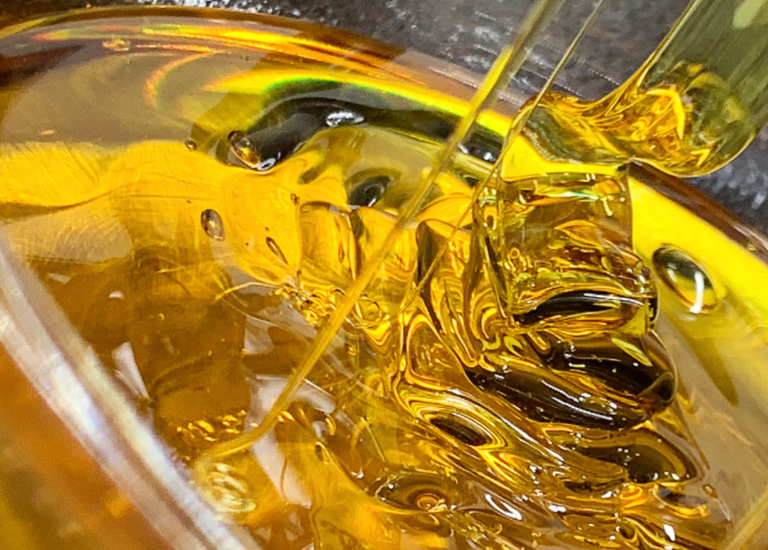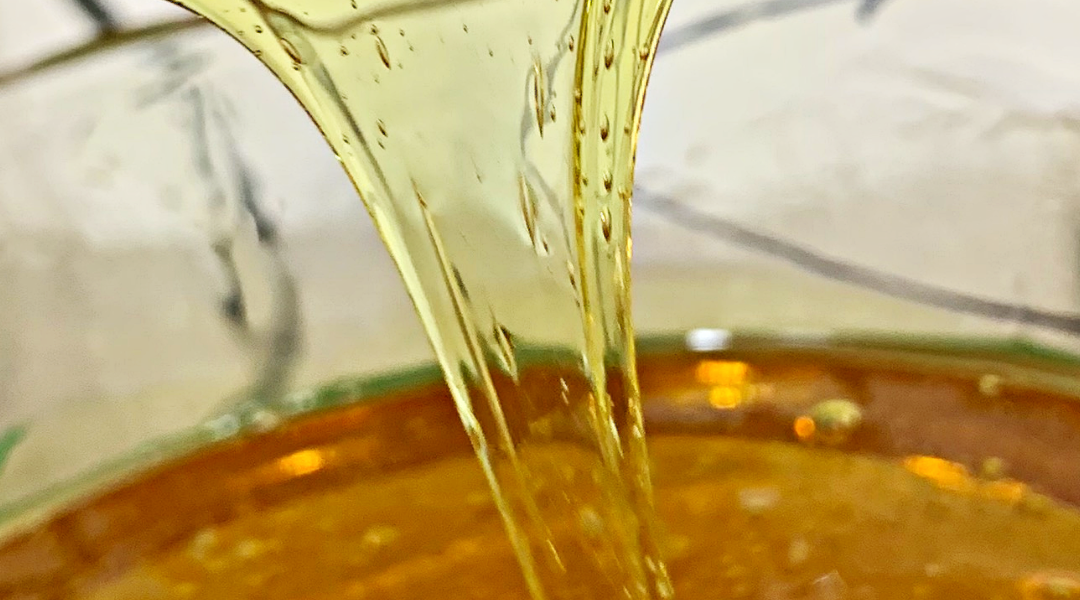Terpenes, the potent scent molecules found in all living plants, play a crucial role in the natural world. They contribute to plant survival by warding off predators, attracting pollinators, and regulating temperature. In addition to these functional aspects, terpenes are responsible for the unique attributes of plants, including aroma, flavor, and color. As research on terpenes gains momentum, they are capturing the attention of wellness enthusiasts and the cannabis community alike.
Terpenes in Every Plant
Terpenes are ubiquitous in living plants, displaying their significance in various aspects of plant life. The diverse scents from plants like lavender, rosemary, and cannabis are all attributed to terpenes.
Terpenes in the Cannabis Industry
In the cannabis industry, terpenes have become instrumental in creating best-selling products. The interplay of flavor, fragrance, and therapy, known as the terpene trifecta, has led to increased popularity and consumer interest.
Demand for Terpenes

Botanically Derived Terpenes: An Overview
Cannabis Derived Terpenes: Essential Oils of Cannabis
Cannabis derived terpenes, often referred to as the essential oils of cannabis, contribute significantly to the flavor, smell, and unique therapeutic qualities of each cannabis strain. However, they are scarcer, costlier, and in higher demand compared to their botanical counterparts.
Formulating Botanical Terpenes vs. Cannabis Derived Terpenes
The processes of formulating botanical terpenes and cannabis derived terpenes involve careful extraction and isolation methods. Botanical terpenes are more cost-effective and readily available due to the abundance of source plants. The extraction process is simpler, contributing to decreased costs and increased scalability.
On the other hand, cannabis derived terpenes, sourced specifically from cannabis plants, undergo a more intricate extraction process. While scarcer and costlier, these terpenes are sought after for their unique profiles that capture the essence of each cannabis strain.
Chemical Identity of the Final Product
Despite the differences in extraction processes, the final products—botanical terpenes and cannabis derived terpenes—are chemically identical. The isolated terpenes, once separated from the plant matrix, retain their molecular structure. This chemical identity ensures that the flavor, aroma, and therapeutic qualities remain consistent, whether derived from cannabis or non-cannabis sources.
Common Terpenes and Their Effects
Cannabis vs. Botanical Terpenes: Goal-Oriented Decision Making
The Supremacy of Botanically Derived Terpenes
While both types of terpenes serve essential functions, botanically derived terpenes stand out for their cost-effectiveness, availability, and ease of extraction. They have been used for centuries and can be synthesized to mimic cannabis derived terpenes. Importantly, they offer a natural alternative to synthetic terpenes, emphasizing their superiority.
In the evolving landscape of terpenes, understanding the similarities and differences between cannabis derived and botanically derived terpenes is key. While cannabis derived terpenes have their unique benefits, botanically derived terpenes emerge as a superior and sustainable choice, offering a natural alternative that aligns with the preferences of conscious consumers and the growing demand for authentic, plant-based products.


